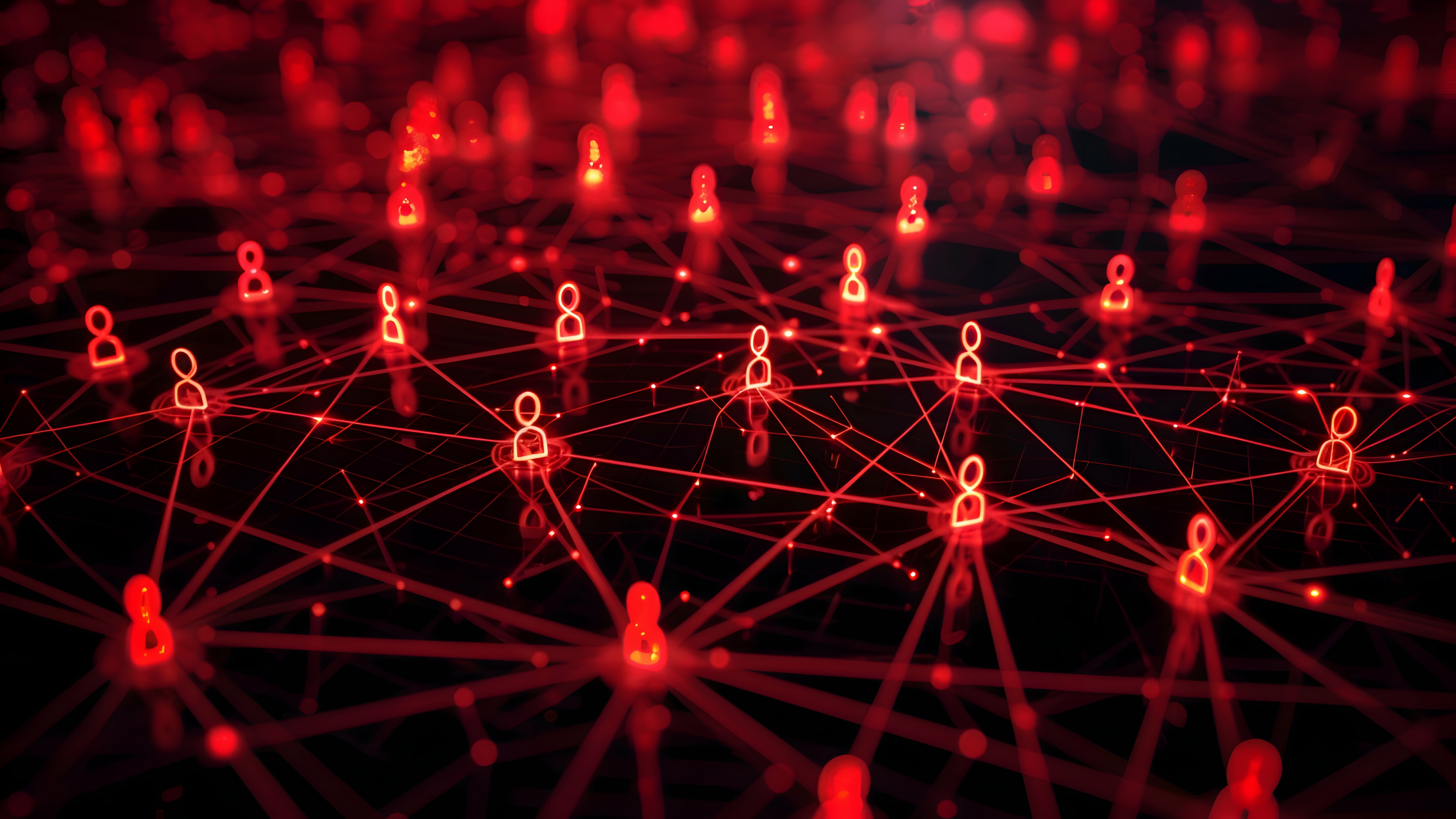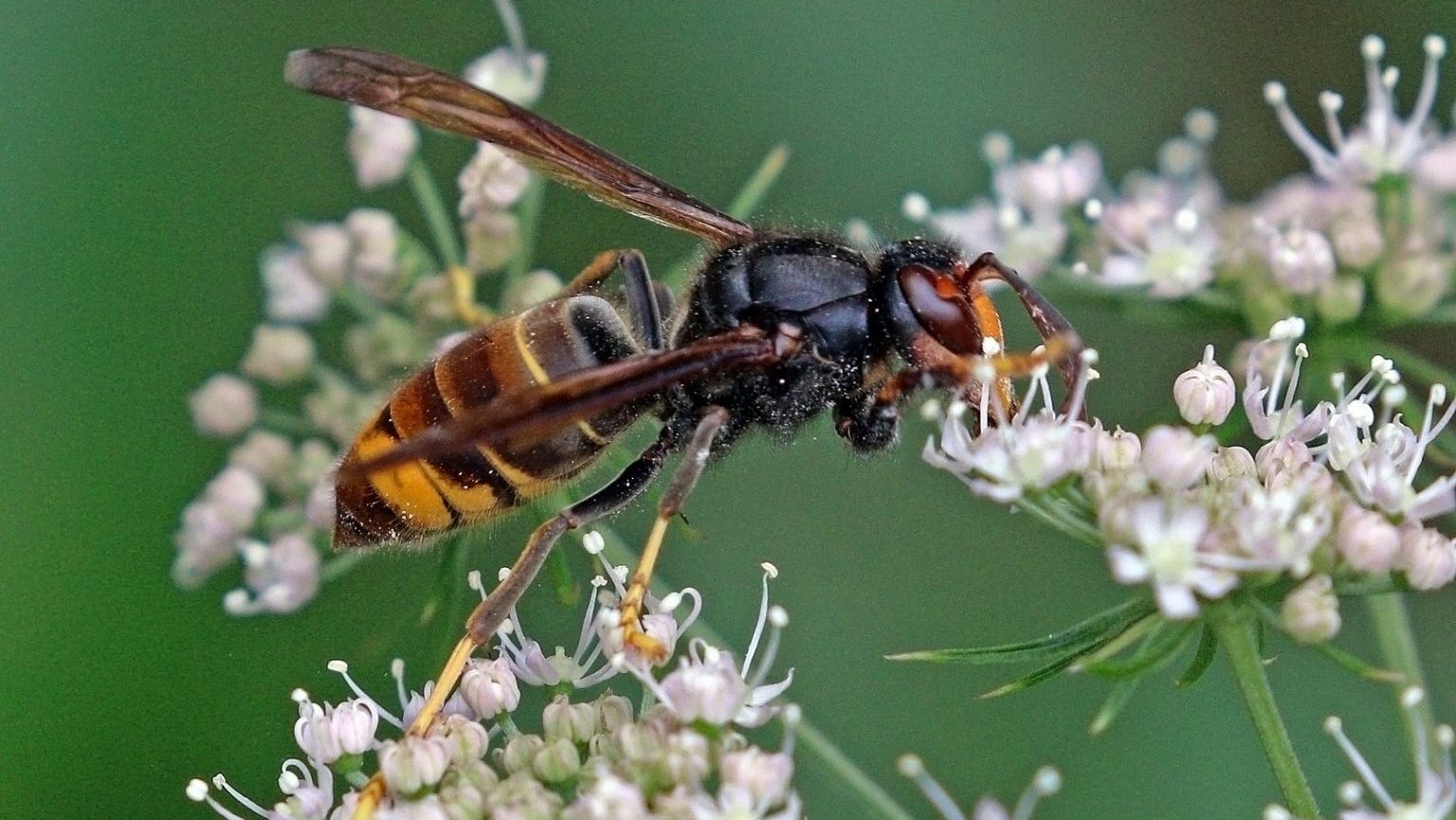Global populations, economics, environments, cultures and human health all intersect in meat.
Question: Do you have any specific examples of the four factors of population growth affecting a material good?
Joel Cohen: Meat is a beautiful example of the interaction of population, economics, environment, and culture. And I can give some specifics. First of all, let's deal with the culture part, because that's interesting. The word for home in Chinese is **** and the character has two parts. It has a roof, a horizontal line with a little thing on top, that's the roof, and it has a pig underneath. So in China, the very character for, in classical Chinese, written Chinese, the very character is the roof you put over your pig. And if you go to Yunnan today, you can still see homes that are built on stilts, the pigs live underneath, the warmth rises and keeps the home warm during the winter season, and the waste from the humans goes down and feeds the pigs. So home and pig are intimate, and so, for a billion people.
For another billion people, a pig is forbidden meat. The word is Arabic is **** it means not kosher, and Muslims do not eat pig at all. But I was recently in the Atlas mountains in Berber villages and the homes are built up high and down beneath, immediately underneath, are cattle, cows, and goats. So they have, the culture has changed the animal, but the relationship between people and the animals they raise for meat is still very intimate, okay? So animals play a major role in human culture and they're different in different cultures. So culture influences which animals you have.
Now, what difference does it make whether it's a pig or a cow? Pigs have one stomach, they are mono-gastric. Cows have multiple stomachs and they are called ruminants, pigs are not. The ruminants eat grass and they have bacteria in their stomachs that digest the grass for them to a point where the animal can use it. That digestion generates methane, which is a greenhouse gas that is much more potent than carbon dioxide, although people don't talk about methane, it is a major forcing factor. And the cattle of the world generate a lot of methane. The estimates vary from 3% to 18% of all of global greenhouse gas emissions come out of our domestic animals, depends, and I don't know what's the right number, because the calculations are done in many different ways, but we do know that it matters. So the cultural choice of which animals you choose to raise has an influence on our human greenhouse—the animal greenhouse gas emissions that we put out.
So that's an example, interaction between culture and the environment. Over the last 40 years, the tons of meat that we grow, per year, has increased a factor of fourfold from about 70 million metric tons to about 280 million metric tons. That's between 1961 and 2008. In that period, the number of people on earth has gone from 3.1 billion to about 6.7 billion, 6.7 or 8 now, but 6.7, so it's more than doubled, so the meat production per person has doubled, okay? And so the meat production is driven about half by population growth, what drives the other half? Growing wealth. The first thing that poor people want when their income rises, is more meat in their diet. And so the interaction of population growth and economic growth has meant a huge change in the composition of diets, especially in Asia, where economic growth has been fastest. Not only in China, but in the Little Tigers around China.
That has had health consequences for you and me. What's the health consequence for you and me? As the South Asians have gotten richer, the easiest kind of meat to grow is poultry, chicken and ducks and geese. Where do they like to go? They like to live in wetlands, ducks. Quack, quack, in the water. So many wetlands used by wild migratory birds were populated with domestic ducks and geese, okay? And the wild fowl have an influenza virus called H5N1, that avian influenza. Doesn't bother them, they're used to it, because it's evolved with those animals. They poop in the water and the virus goes into the poop and into the water, that infects the domestic water fowl. They get the avian influenza, H5N1, then the caretakers bring them home and they hang around with their ducks, and I can show you people with their ducks right next to the house. And that increases the risk to the humans of getting the H5N1, the avian influenza concern is a result of growing wealth, growing meat consumption, and invasion of new habitats.
Let me just, one more step. The same lake, the biggest lake in China is in the center of China, it's a salt lake, and that same lake is visited by wild fowl that migrate north across the Bering Straits and into North America. And so the US Geological Survey has found the genome of avian influenza from China in the viruses being shed by water fowl in the United States. The only reason we don't have to worry as much as the Chinese about getting avian influenza from our wild fowl, is that we keep our chickens and ducks separated from the natural wetlands, where the migratory wild fowl from Asia go. But if we did the same thing that the Chinese do, which is put our ducks out into the wetlands, we would have the same problem. And they've also suggested a solution for them, which is to separate their domestic fowl from the wetlands, but that costs money





